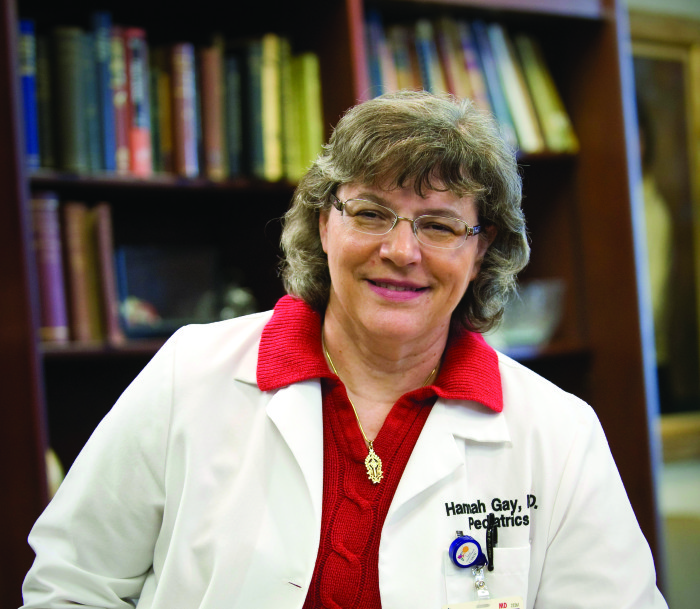Over the last 30 years, science has seen many breakthroughs with respect to AIDS caused by the human immunodeficiency virus (HIV). Affecting over 34 million people worldwide, billions of dollars have been donated to finding a cure for this disease. However, as of 2013, there is still no cure for AIDS or HIV infection. Antiretroviral treatments available on the market only suppress HIV symptoms. Currently, the disease can be delayed, but not completely cured.
Along with tuberculosis and malaria, HIV is one of the three most widely spread infectious diseases, responsible for many deaths on an annual basis. The virus replicates by inserting its genetic code into human cells, and particularly, a type of T cell known as CD4 cells. T cells are key players in the immune system. As T cells are depleted, afflicted patients eventually reach a point where they cannot battle infectious diseases or cancers.
As more and more T cells are infected with HIV, the virus levels rise in the blood. At this point, the immune system attempts to fight off the virus, causing side effects that include aches, pains, and fever. However, although the levels of the virus decrease, it is not entirely eliminated from the body. The problem with HIV is that it remains in the blood in low levels as a provirus, its dormant form, which the immune system is unable to recognize. Since T cells are long lived, they will continue to replicate their genomes, along with the virus. After years without symptoms of the infection, the levels of the virus can rise, causing in AIDS.
Although scientists are still searching for a cure, many cases suggest we aren’t far away from discovering a permanent treatment. In 1985, researchers discovered a group of female prostitutes in Nairobi, Kenya, who seemed immune to AIDS. Their bodies produced an army of killer T cells to protect the immune system from cells infected with HIV. Usually, people do not maintain high levels of T cells for long periods of time, once the initial infection is fought off, an individual’s T cell count drops. Yet, in the case of these women, their killer T cell levels remained high, and they continuously drove back the infection whenever it recurred. Researchers have not found any aspect that is fully consistent amongst the women’s immune systems, suggesting the protection could come from multiple overlapping genetic factors.
In 2007, Timothy Brown, the “Berlin patient,” became widely known as the only person cured of HIV after he received bone marrow transplants to treat leukemia. His doctor, Gero Hütter, found a donor who was both a genetic match and had a rare mutation, known as CCR4-delta32, which makes the CD4 cells resistant to infection by HIV. While some scientists were skeptical of whether or not he was actually ‘cured’ of AIDS, tests showed that Brown’s CD4 T cell counts remained fairly stable and HIV genetic material was found only at a level that was barely detectable in the most sensitive tests. All of these results led to the conclusion that through Brown’s treatment, progress was made towards permanently curing the infection.
The most recent discovery in the battle against AIDS occurred this March in Mississippi: a baby girl, born with HIV was cured very early in life after treatment with a standard drug therapy. Unlike the “Berlin patient,” whose HIV infection was completely eradicated with an elaborate treatment for leukemia in 2007, the baby was given an inexpensive treatment of a cocktail composed of three widely available drugs, already used to treat HIV infection in infants. Researchers believe that it was this early use of antiviral treatment that cured the infant, as it kept the virus from forming hard-to-treat viral reservoirs—the proviruses. Her doctor, Hannah Gay, a pediatric HIV specialist at the University of Mississippi Medical Center in Jackson, was surprised to discover that after 28 months, tests for HIV-specific antibodies—the standard clinical indicator of HIV infection—were negative.
Although much progress has been made towards HIV/AIDS treatment in the past, few discoveries have received such media attention as this most recent finding. Perhaps it is because this Mississippi case is the first time an infant has received a functional cure. This is a rare event, in which a person achieves remission without the need for drugs, and standard blood tests show no signs that the virus is making copies of itself.
More testing needs to be done to see if the treatment would have the same effect on similarly infected children. Nonetheless, these results could change the way high-risk babies are treated for HIV. Though we still do not have a universal treatment for HIV/AIDS, we are now one step closer to finding a permanent cure.








